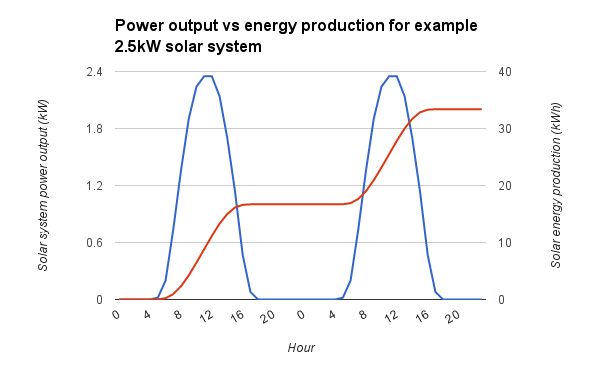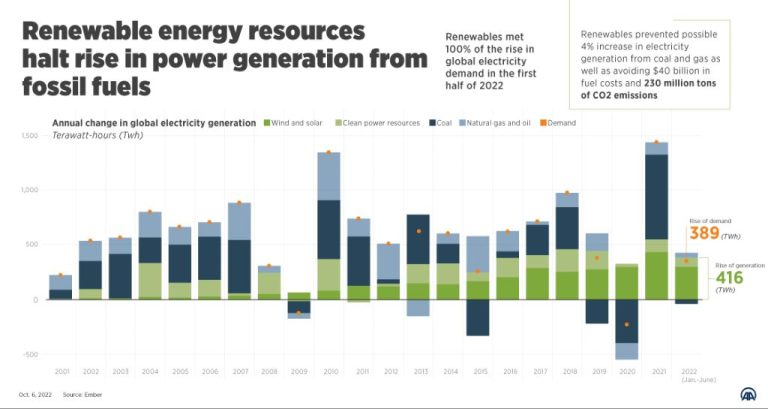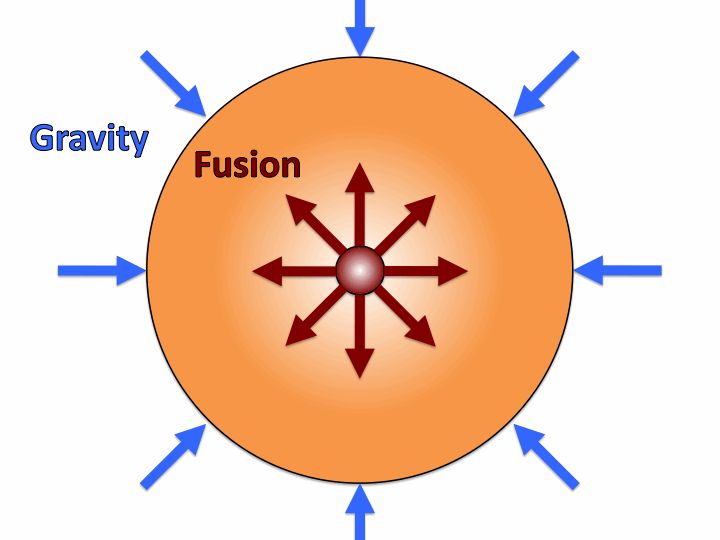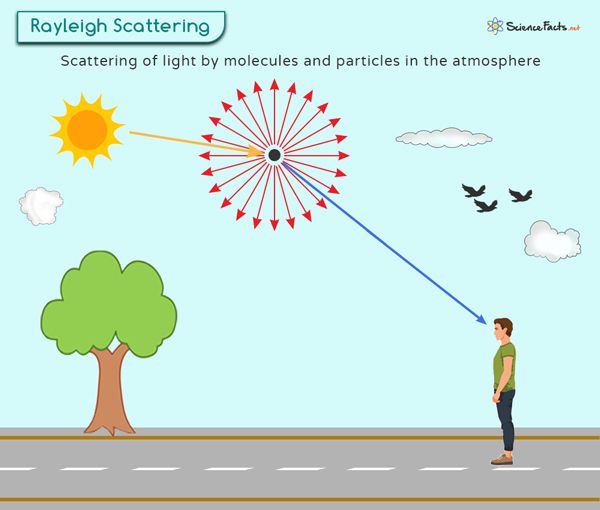What Is Kw Measured In?
Kilowatts (kW) are a unit used to measure power. Specifically, kilowatts quantify the rate at which energy is transferred or converted per unit of time. Understanding kilowatts is important for evaluating the power usage and consumption of various electrical devices and systems. This article will provide an overview of what kilowatts measure, how they relate to other units of power and energy, and their applications.
Definition of a Watt
A watt is the standard unit used to measure power. Power is defined as the rate at which energy is transferred or the rate at which work is done. One watt is equal to one joule of energy being expended per second.
For example, when a lightbulb is rated as a 60-watt bulb, it means that the bulb consumes energy at a rate of 60 joules every second while operating. This establishes the watt as a standard unit for measuring power.
Kilo Prefix Means 1000 Units
The prefix “kilo” stands for 1000 units in the metric system. It comes from the Greek word “chilioi” meaning thousand.
When kilo is used as a prefix for a unit of measurement, it multiplies the base unit by 1000. For example, a kilometer is 1000 meters, a kilogram is 1000 grams, and a kilowatt is 1000 watts.
The kilo prefix allows us to easily discuss large quantities by scaling standard units. Without it, we’d be forced to constantly use unwieldy numbers for common measurements.
Kilowatts Measure Power

Kilowatts specifically measure electrical power. Electrical power describes the rate at which electricity is generated or consumed. Power is measured in watts, so one kilowatt represents 1,000 watts of electrical power.
Some key facts about kilowatts measuring electrical power:
- One kilowatt equals 1,000 watts
- Kilowatts quantify the rate of electricity generation or consumption
- Power describes how quickly energy can be used or produced
- High power devices consume electricity faster than low power ones
- Power plants are rated in terms of kilowatts generated
In electrical systems, power and energy are distinct but related concepts. Power measures the instant rate of energy transfer, while energy measures the total amount transferred over time. Kilowatts address the power side of this relationship.
Kilowatt Hours Measure Energy
While kilowatts measure instantaneous power, kilowatt hours (kWh) measure energy consumption over time. Energy is power multiplied by time. So a kilowatt hour represents the amount of energy consumed by a load of 1 kilowatt over the course of 1 hour. For example, a 1,000 watt microwave oven operated for 30 minutes would consume 0.5 kilowatt hours of energy (1,000 watts x 0.5 hours).
Kilowatt hours are commonly used for billing electricity usage. Your monthly electric bill shows how many kWh your home or business used that month. The more energy consumed over time, the higher the kilowatt hour usage. Utilities measure kWh with an electricity meter and charge customers accordingly.
Kilowatt hours are also used to rate the energy capacity of battery systems. A 12 kWh home battery pack can deliver 1,000 watts for 12 hours before being depleted. Kilowatt hours quantify how much total energy a battery can store and deliver over its charge lifespan.
Formulas Involving Kilowatts
There are a few important formulas to understand when working with kilowatts:
- Power (P) in watts = voltage (V) x current (I)
P = V x I - Power in kilowatts (kW) = power in watts / 1000
kW = W / 1000 - Energy (E) in kilowatt-hours (kWh) = power in kilowatts (kW) x time in hours (h)
E (kWh) = P (kW) x t (h)
To summarize:
- Power in watts (W) is calculated by multiplying voltage (V) and current (I).
- Power in kilowatts (kW) is calculated by dividing power in watts by 1000.
- Energy in kilowatt-hours (kWh) is calculated by multiplying power in kilowatts (kW) by time in hours (h).
These formulas demonstrate the relationships between power, energy, voltage, current, and time when working with kilowatt measurements.
Practical Examples
Kilowatts are commonly used to measure the power consumption of household appliances and devices. Here are some examples of typical kW usage:
– Toaster: 1-1.5 kW
– Microwave: 1.2-1.5 kW
– Electric oven: 2-5 kW
– Electric stove top burner: 1-2 kW
– Clothes dryer: 3-5 kW
– Central AC: 3-5 kW
– Window AC: 0.5-1.5 kW
– Refrigerator: 0.1-0.2 kW
– Laptop charger: 0.05-0.15 kW
– Smartphone charger: 0.01-0.1 kW
– LED light bulb: 0.01-0.02 kW
– TV: 0.1-0.5 kW
As you can see, a kilowatt is a convenient unit for measuring the power usage of common household devices and appliances. Understanding the typical energy consumption in kilowatts can help consumers make informed choices about energy efficiency.
Industrial Applications
Kilowatts are used on a massive scale in industrial applications like power plants. Power plants often have generators capable of producing hundreds of megawatts or even gigawatts of power. This allows them to supply electricity to cities, towns, and large facilities. Some examples include:
-
Nuclear power plants – Nuclear fission generates tremendous amounts of heat that is used to boil water into steam. This steam spins a turbine connected to a generator producing electricity. A large nuclear plant can generate 1,000 megawatts or more.
-
Fossil fuel plants – Burning coal, natural gas, or oil heats up water to produce steam. This steam runs through a turbine-generator to produce electricity. Large fossil fuel plants can generate 500-1,300 megawatts.
-
Hydroelectric dams – Flowing water spins a turbine connected to a generator to produce hydroelectric power. Large hydro dams like the Three Gorges Dam in China produce over 22,500 megawatts.
These industrial-scale power plants use generators rated in terms of megawatts or gigawatts to produce the immense amount of electricity needed to power cities and industries.
Historical Context
The kilowatt unit has been used for over a century to quantify power in electrical systems. It was formally established by the International Electrotechnical Commission (IEC) in 1946. However, the origins of the kilowatt can be traced back even further.
In the late 19th century, electricity began being generated and supplied commercially. As electrical devices became more widespread, there was a need for standardized units to measure electrical power. In the 1890s, the term “kilowatt” started being used by electrical engineers to denote 1,000 watts of power.
The “kilowatt hour” also emerged during this time as a unit of energy equal to the work done by one kilowatt of power operating for one hour. Utilities began using kilowatt hours for billing, as a way to charge customers based on their energy consumption.
By the early 20th century, the kilowatt and kilowatt hour were well established in the electrical industry. Their definitions were formalized internationally in the 1940s with the creation of the International System of Units (SI). The kilowatt continues to be a ubiquitous unit for measuring power today.
Conclusion
In summary, the kilowatt is an important unit for measuring power and energy. Understanding how kilowatts and kilowatt-hours are used gives insight into electrical systems and energy consumption. Knowing the conversion between kilowatts, horsepower, and other units also allows better comprehension of machinery and appliance specifications.
The ability to calculate and convert kilowatt usage is essential for both individuals and industries to track electrical consumption and operate efficiently. As we work to conserve energy and build a more sustainable future, familiarity with kilowatts empowers more informed decision-making. Whether comparing appliances, estimating electric bills, or evaluating power plant capacity, the kilowatt remains a vital tool.






